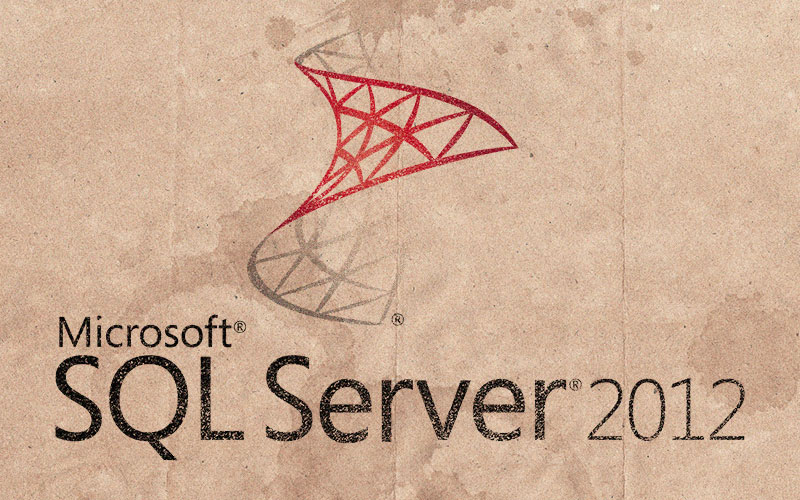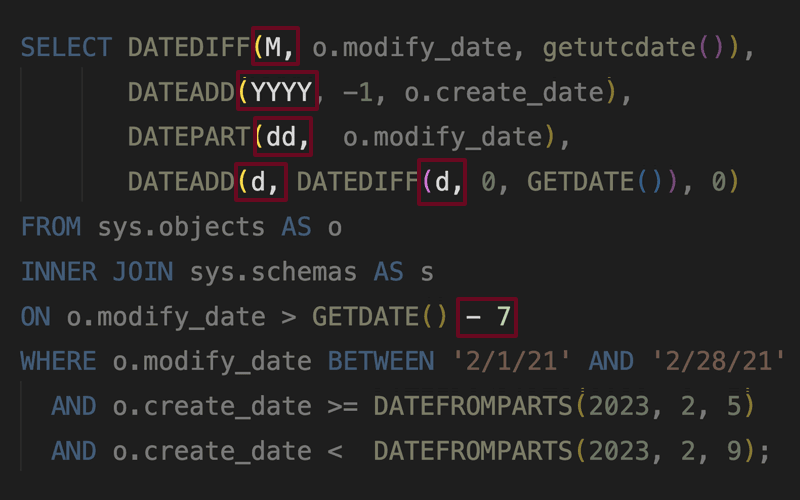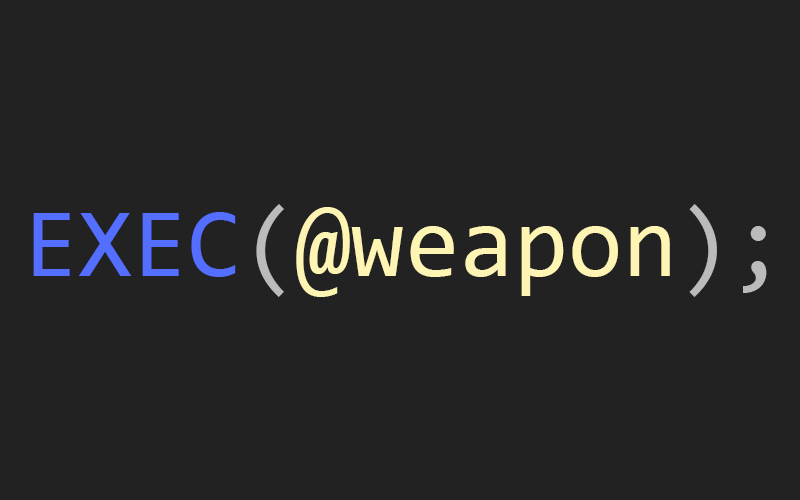When EOMONTH was first announced, I questioned its value, and thought BOMONTH would have been more useful.
September 2011
See why you should use sp_executesql instead of EXEC() for running dynamic SQL strings.
See an example that defies a generalization about performance: getting the largest value in a column.





